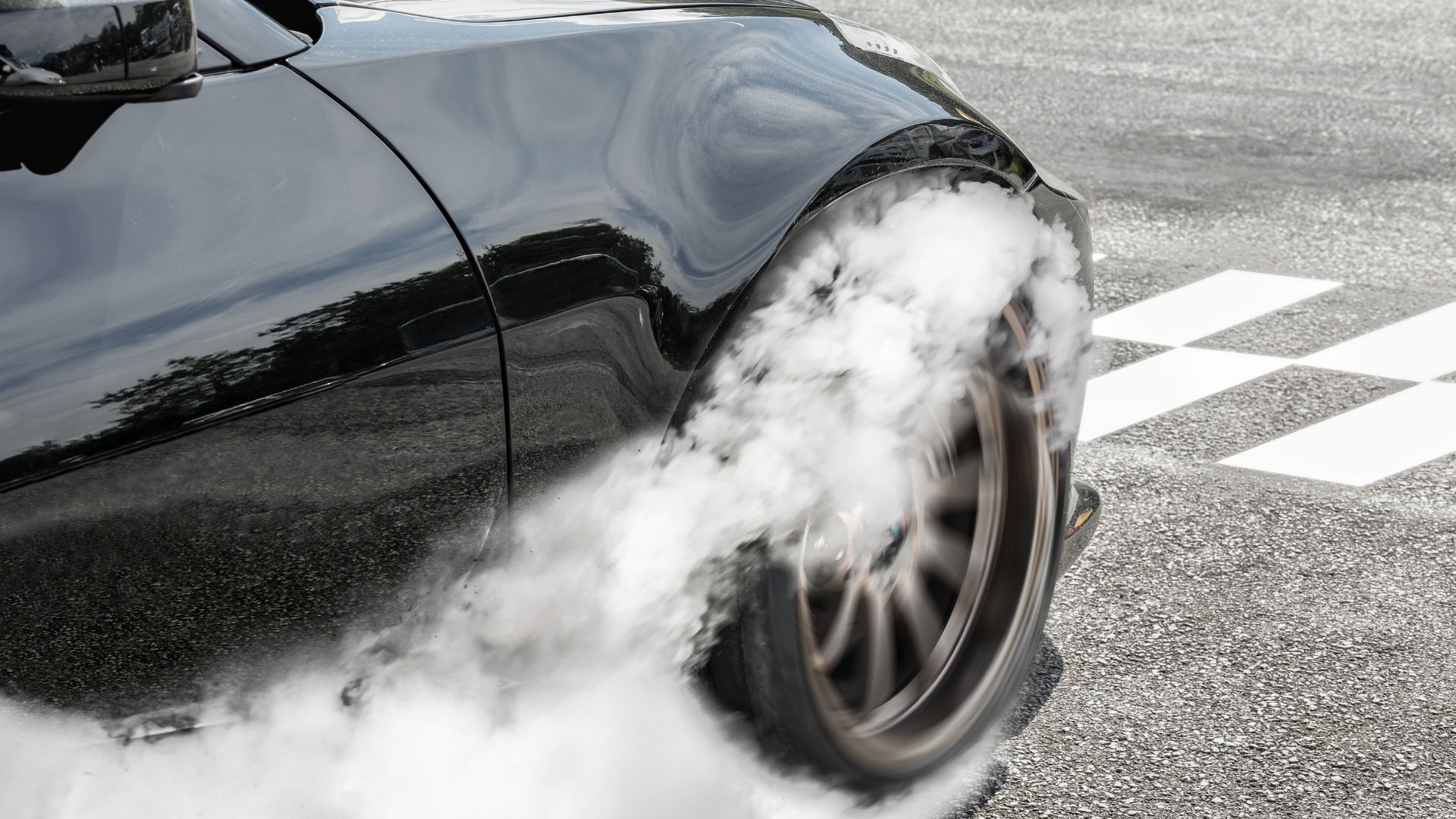The world of motorsports is vast and varied, but few categories capture the imagination quite like junior drag racing. This thrilling sport allows young enthusiasts, typically aged 5 to 17, to experience the adrenaline rush of speed and competition in a controlled environment. It’s not just about fast cars; it’s a gateway to developing technical skills, sportsmanship, and a lifelong passion for racing.
Jr.Drag Racing
Junior drag racing operates under strict guidelines to ensure safety and fairness. Age classifications dictate participant eligibility with classes divided into 5-7 years, 8-9 years, 10-12 years, and 13-17 years. Each group uses specifically designed vehicles that comply with horsepower and speed limits.
Vehicle inspections are mandatory and take place before each event. Inspections verify that cars meet all safety standards, such as functioning seatbelts, roll cages, and emergency shut-off switches. Drivers must wear approved helmets, fire-resistant suits, and gloves to enhance protection during races.
Race conduct is closely monitored. Start times are strictly enforced, and false starts lead to automatic disqualification. Track length varies with age, ensuring that younger racers compete on shorter, more manageable courses. Speeds are electronically monitored; exceeding the maximum speed for the respective class results in penalties or disqualification.
Essential Equipment for Jr Drag Racing
Junior drag racing demands specific equipment to maintain safety and enhance performance. Critical components include safety gear, vehicle parts, and performance tools.
Safety Gear
Racers must wear approved helmets, fire-resistant suits, gloves, and shoes. A helmet protects the head in case of impact, while fire-resistant suits guard against burns during unforeseen fire incidents. Gloves and shoes offer additional protection and improve vehicle control.
Vehicle Parts
Each drag racing car requires a certified roll cage and seat belts. Roll cages help protect the racer in the event of a rollover, and seat belts keep them securely strapped in during the race. High-quality tires and brakes are also crucial for optimal performance and safety.
Performance Tools
Racers use data loggers and engine diagnostic tools to monitor and optimize car performance. Data loggers record performance metrics during races, providing valuable feedback for enhancements. Diagnostic tools help maintain the engine’s efficiency, ensuring peak condition before each race.
These essentials contribute significantly to the safety and success of young racers in the thrilling world of junior drag racing.
Benefits of Participating in Jr Drag Racing
Participating in Jr Drag Racing offers numerous benefits for young enthusiasts from fostering essential life skills to enhancing their technical knowledge. They gain confidence and develop a sense of responsibility by managing their racing equipment and adhering to strict safety protocols. These racers learn valuable mechanical skills, including vehicle maintenance and performance optimization, which are vital in both racing and everyday life.
Moreover, Jr Drag Racing cultivates strong teamwork and sportsmanship. Racers work closely with coaches, mentors, and peers, creating an environment of mutual respect and collaboration. These interpersonal skills are transferable, benefiting participants in academic and professional settings.
Most importantly, Jr Drag Racing instills discipline and focus. Young racers must follow detailed rules and procedures, preparing them for challenges outside the racetrack. This discipline often translates into better performance at school and greater success in other extracurricular activities.
Community and Sportsmanship
Junior drag racing not only sharpens racing skills but also strengthens communal ties and promotes exemplary sportsmanship among participants. Racers learn to support one another, despite the competition, fostering an environment of mutual respect and camaraderie. Events are characterized by families and teams who celebrate each other’s successes and provide support during challenges. This aspect of junior drag racing proves vital as young racers develop interpersonal skills and understand the value of teamwork. Off the track, these lessons in sportsmanship equip them for collaborative successes in other areas of their lives. Through regular interactions, they build a network that cherishes collective achievement and personal growth.
Challenges and Risks in Jr Drag Racing
Junior drag racing offers a unique platform for young enthusiasts to hone their skills but it’s not without its challenges and risks. Ensuring the safety of these young racers is paramount. The sport requires stringent adherence to safety protocols to mitigate risks associated with high-speed racing. Parents and coaches play a crucial role in maintaining a safe racing environment and instilling a sense of responsibility in the participants.
